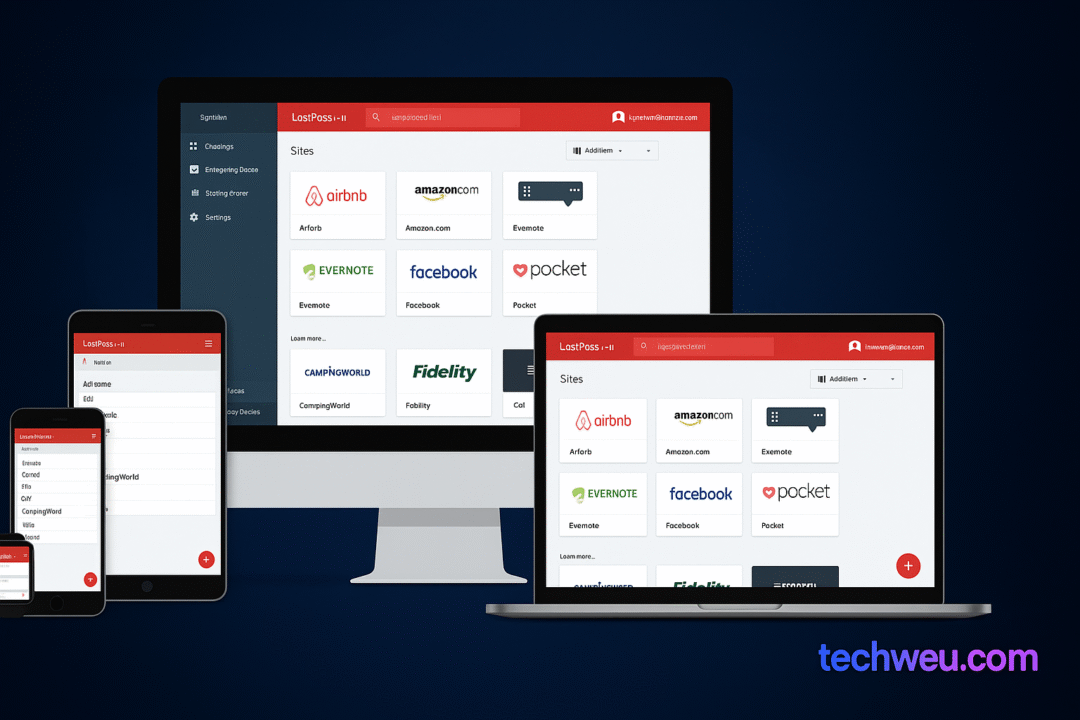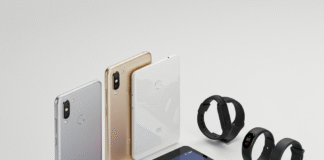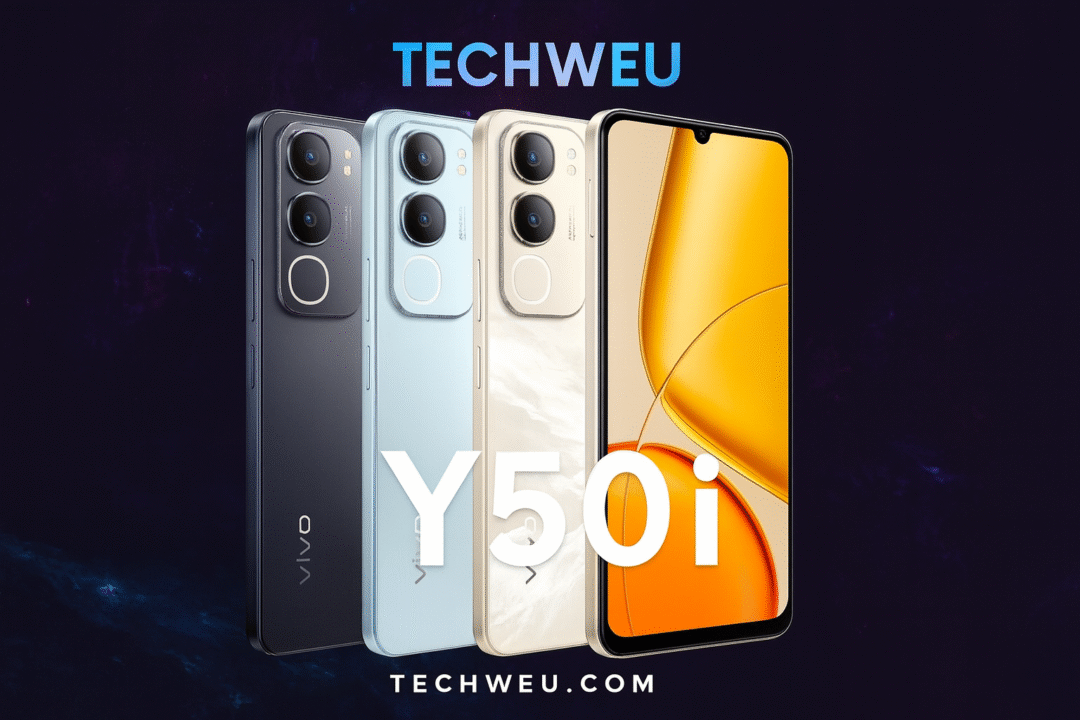The T68 was primarily the very last cell phone produced less than the Ericsson brand name. In fact, a few months later on it was re-launched as the Sony Ericsson T68i with only little beauty modifications on the outside and a computer software update (which was accessible to the older styles as very well).
It marked a handful of firsts for Ericsson its initial telephone with a color screen, to start with an inside antenna. It wasn’t the initial to assistance a camera, but it was the 1st Ericsson to get the job done well plenty of for men and women to really remember.

It was an increase-on camera, the MCA-25 CommuniCam. It experienced a VGA sensor (640 x 480px) and inside storage that could match 14 whole resolution photographs or up to 200 little visuals (80 x 60px, excellent adequate for a make contact with picture). Composing a full resolution shot to the camera’s memory took just under 10 seconds, transferring it to the phone’s storage took nearly half a moment.
This module was an update in excess of the MCA-10 utilized by some older Ericsson phones, which topped out at 352 x 288px and was meant for telephones with B&W screens. That didn’t make any difference much, equally digital camera modules made use of optical viewfinders. Very well it did issue, but we’ll get to that.
We’ve talked about the first digicam mobile phone before, so the Nokia 7650 (with a built-in camera) ought to be acquainted. It arrived out in 2002 and was very chunky, contrary to the petite Ericsson mobile phone.
It was tiny in stature, but in terms of operation it was a huge. It experienced 2G with WAP, alongside with Bluetooth and infrared for sending files regionally. The Sony Ericsson update included complete MMS support and a designed-in electronic mail customer. This was the pinnacle of cellular conversation in 2001/2002.

Ericsson had its personal causes to force MMS in 2001 it experienced just unveiled community components (and software for actual-time billing), which carriers could use to launch their individual MMS provider. It would then move forward to brag about the newfangled 3G networks and its partnership with Sony, which was intended to travel up desire with top rated-marketing 3G phones.
The provider side of Ericssons enterprise is alive and nicely. In actuality, it’s one particular of quite few providers that are making 5G networks. The shopper-experiencing cellular phone organization didn’t do so effectively, but we digress.
Again to the T68. Its monitor was little but it could display 256 hues, anything really couple of phones could claim again then. The 101 x 80px resolution wasn’t the greatest for viewing photos taken with the cellular phone, but you could always electronic mail them to folks who would marvel at them on their personal computers. In addition, as Ericsson was striving to press MMS, a coloration monitor was a will have to-have.
For e mail you could also use one more smart accessory, the Chatboard CHA-10. This was a entire QWERTY keyboard that plugged into the very same port as the camera. Usually you would have to style out the message employing T9 on the very small keypad.

E-mail could take care of the entire 640 x 480px resolution while MMS was constrained to 160 x 120px. The camera’s person guide calls these Extra Large and Medium, respectively (Large is 320 x 240px). The More Huge location functions out to .3MP resolution, by the way. Fewer than 20 decades afterwards, we have telephones that just take 108MP photos.
Point truly have improved because then. The cell business itself changed, it’s now just Sony (right after it acquired out Ericsson’s share in the 50/50 partnership). And even James Bond improved.
The Sony Ericsson T68i was the very first true-world cell cellular phone featured in the motion picture sequence. Viewed in Die An additional Day, it wasn’t employed by Bond himself but by Jinx (Hale Berry). If youre intrigued in the historical past of phones in James Bond videos, we’ve protected that just before. Of system, Bond is employing an HMD-manufactured Nokia these days. Like we mentioned, items have changed.

The T68 was a featurephone, which is ironic since the Ericsson R380 was the first system marketed as a smartphone and was the first phone to run Symbian. In simple fact, Sony Ericsson didn’t use Symbian much outdoors of its UIQ equipment. The business would do some soul searching just before settling on Android.
The (Sony) Ericsson T68 was a merchandise of its age. Electronics were being advanced ample to give you Internet connectivity on the go, but not sophisticated more than enough to do substantially with it. You could just take photos, but it would be a long time just before phones displaced position and shoot cameras. However, the T68 and phones like it produced us truly feel like we had been residing in the long run, quirky as it might have been.




